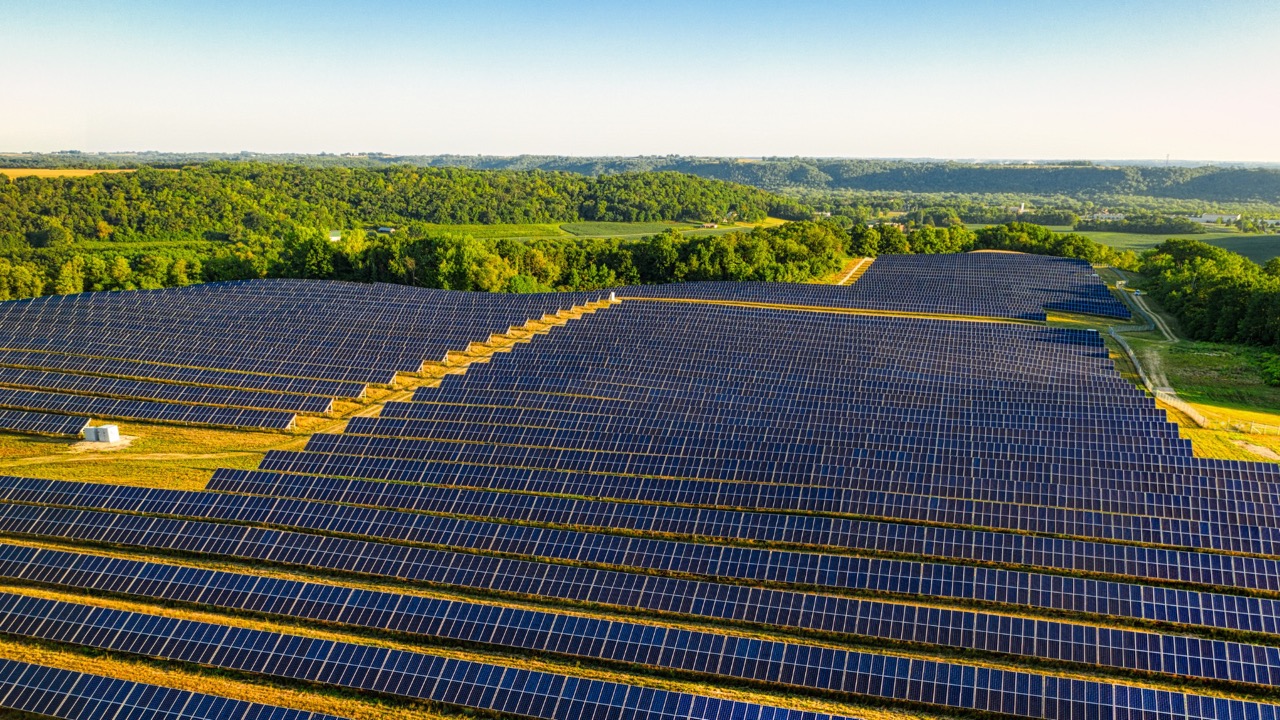
This blog was originally posted on Nature Portfolio's Earth and Environment Community—a hub for those interested in all areas of the earth and environmental sciences.
Prioritizing local benefits in climate projects yields higher investment
by Jiehong Lou, Nathan Hultman, and Shannon Kennedy
The impacts of climate change are becoming increasingly damaging and prevalent across the globe, but even more for low-income and vulnerable communities in the least developed countries. In 2009, wealthy countries committed to channeling $100 billion a year by 2020 to finance adaptation and climate needs for developing countries. Yet only a fraction of this vital funding has been mobilized to where it is needed most. A new analysis released in Nature Communications Earth & Environment offers insight into how funders, policymakers, and communities can deliver real-world benefits for our most vulnerable communities while also reducing carbon emissions.
Climate finance with integrated sustainable development benefits plays a significant enabling role in solving distinct issues at the intersection of carbon emissions, sustainable development, and climate risks. Capital must be drawn into these types of projects that prioritize co-benefits to reduce carbon emissions at scale. There is widespread acknowledgment that diverse forms of climate action can have strong synergies with other sustainable development goals (SDGs) (Iyer et al., 2018; Li et al., 2019; McCollum et al., 2018). Yet quantifying these additional co-benefits from climate action has been challenging for data and methodological reasons.
Capital must be drawn into these types of projects that prioritize co-benefits to reduce carbon emissions at scale.To address this problem, our team first established a new interactive framework to integrate sustainable development co-benefits into evaluating climate finance. Using the case of a specific carbon market, we then use this framework to test investors’ preference to invest in different levels of co-benefits. For example, local co-benefits of climate action span enhancing local infrastructure, cleaner and affordable energy, improved employment opportunities, enhanced environmental services, and access to electricity. Our study finds that these “co-benefits” to climate action improve investment outcomes and are valued at over 30% more in carbon finance markets.
Based on the analysis of nearly 2200 projects under the Kyoto Protocol’s clean development mechanism (CDM), our results provide quantitative evidence that climate investment projects that yield more co-benefits are more likely to receive higher investment premiums from investors. Additionally, we present a causal connection between project quality indicators, which guarantee higher co-benefits delivered, and investors’ increased willingness to pay. Our analysis provides encouraging signals that investment priorities for climate action can go well beyond mitigation—if we can capture and apply aspects of co-benefits to local communities.
These results show investors are willing to spend more in certain locations, such as African countries. Most African communities are experiencing increasing climate change threats, ranging from human health and food to water security and socio-economic development (WMO, 2020). Climate finance focusing on certain locations will help create opportunities to achieve real sustainable growth and reduce emissions for local communities.
Projects such as small solar, biomass, and wind projects have the potential to generate more direct co-benefits for local communities, such as modern energy services in the developing world. These results show that investors are willing to spend more on these smaller-scale renewable projects. Climate finance focusing on specific project sizes can help improve local communities' energy security and provide other diverse benefits.
Policymakers and community leaders have the opportunity to capitalize on these findings and prioritize co-benefits as critical components of attracting additional financing. Though this seems an obvious “win-win,” this research indicates there are still limitations. For example, while the private sector will need to provide the bulk of the trillions of dollars required in climate finance, this research finds that public funding is still far more likely to follow the trend of financing projects with co-benefits.
These results are encouraging, but the work must continue to better understand how to move the capital for multi-benefit climate projects. Co-benefits for climate finance can be the backbone of green and low-carbon development in the developing world and can both address many challenges faced by developing countries while also accelerating the low-carbon transition.
To make this a reality, concerted international efforts, national policies, and individual actions are needed on the ground. From a policy perspective, it is essential to set a framework that can place a high strategic value on delivering local co-benefits to receiving communities through climate investment—potentially including transparency and protections. In this framework, public funding can also play an enabling role at the early stage, mobilize for-profit entities to engage in climate finance, optimize the value of climate investment, and support the delivery of real and lasting sustainability.
References



